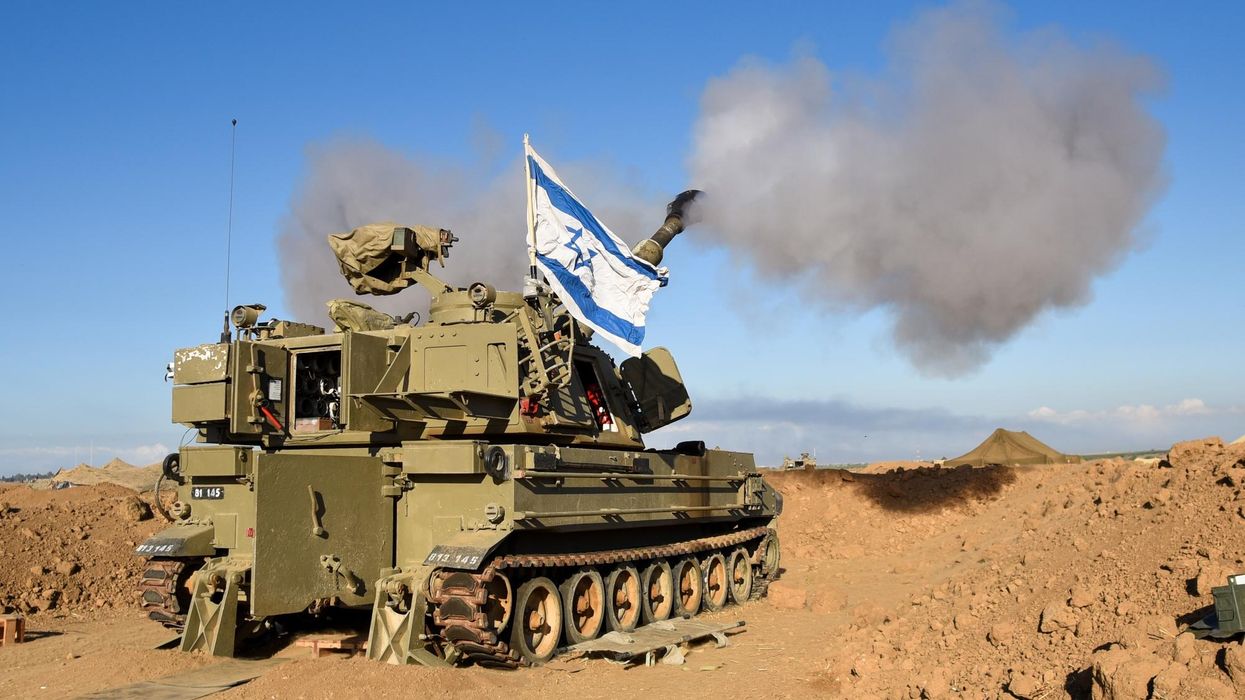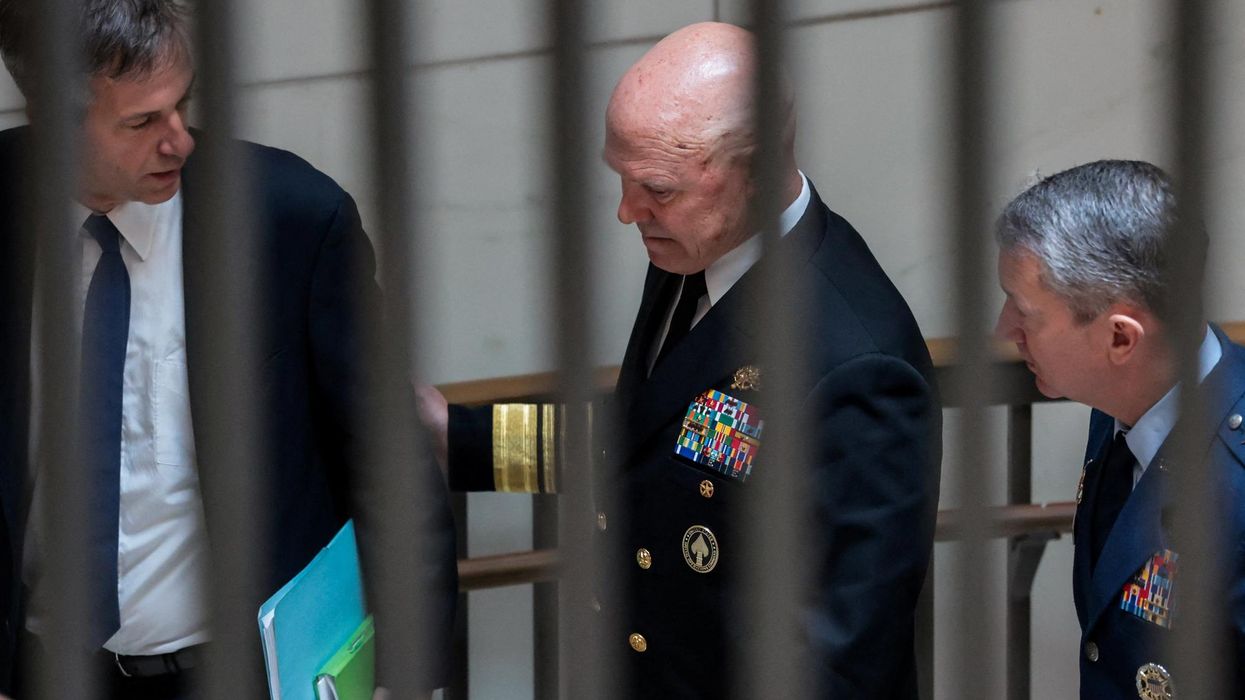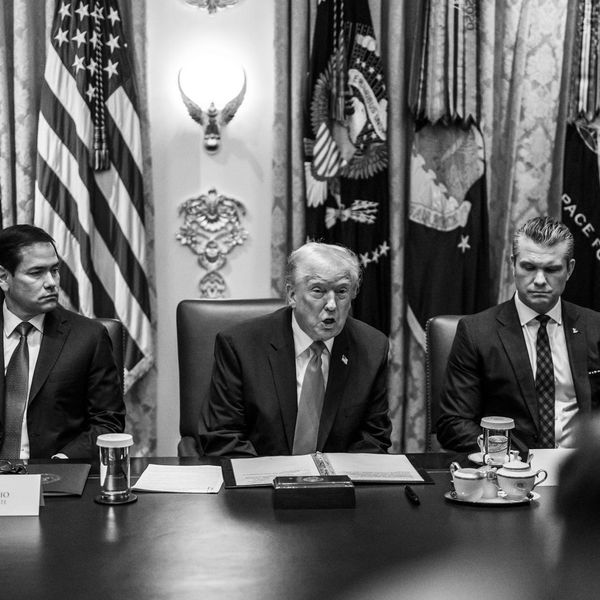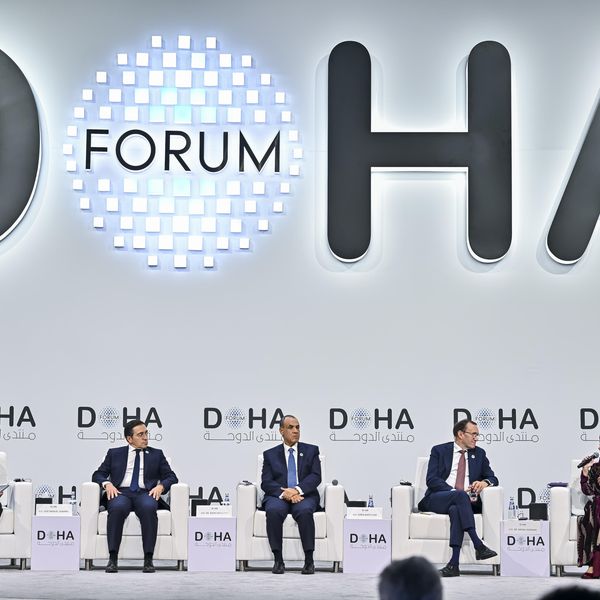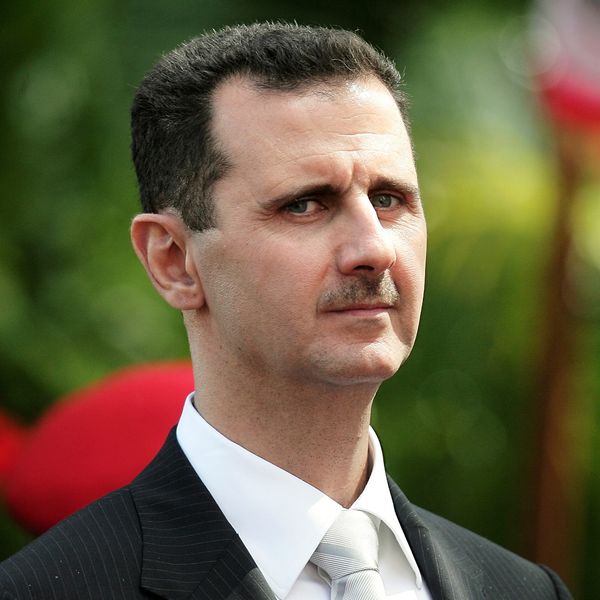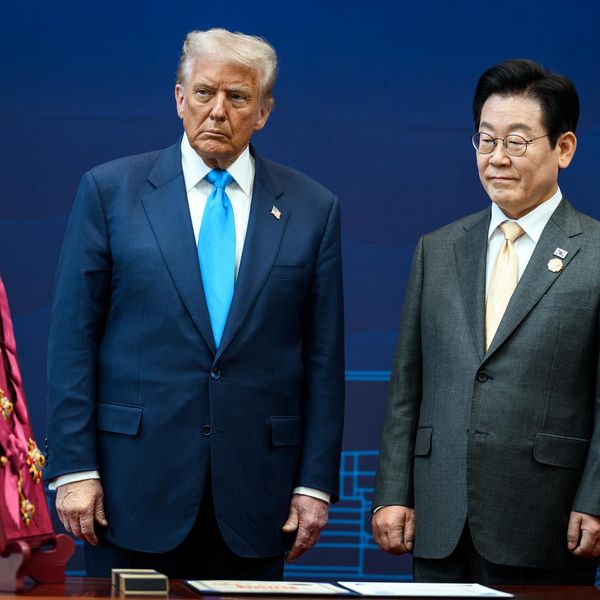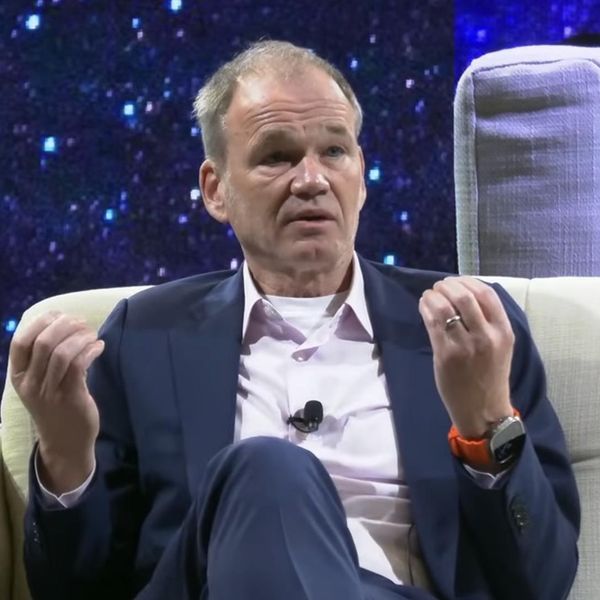The Ethiopian war has taken another dramatic turn. The government of Prime Minister Abiy Ahmed has been saved—for now—by a massive drone campaign, courtesy of Turkey and the United Arab Emirates. The Tigrayans have abandoned an offensive that was poised to capture the capital, Addis Ababa, and have withdrawn to the borders of their own region. Their people are still starving, out of sight.
Just one month ago, the fear gripping Addis Ababa was that the Tigray Defense Forces had decisively defeated the Ethiopian National Defense Force and were less than 200 miles from the city. But if the TDF had won on the battlefield, Tigray’s political party — the Tigray People’s Liberation Front — had not reassured Ethiopians or the outside world that it had a political program capable of bringing peace and stability. While the government’s language had often descended into dehumanizing hate speech, the TPLF’s dominant rhetoric was bellicose. Recalling its undemocratic ways when it was in government from 1991 to 2018, many Ethiopians feared that the TPLF intended to install itself in power. The TPLF had announced a “United Front” of different rebel groups, but their agenda was opaque and, with the exception of the Oromo Liberation Army—which has a substantial following among several parts of the large Oromo ethnic group—none had significant weight.
The Tigrayans’ military offensive also outpaced its diplomacy. Battlefield advances became political liabilities, and Abiy turned his army’s collapse to advantage. The diplomatic community’s biggest worry was mayhem that might accompany a TDF entry into Addis Ababa.
Earlier this year, the U.S. condemned Ethiopia and its ally Eritrea for “ethnic cleansing” in western Tigray and commissioned an internal report into whether the crimes perpetrated amounted to genocide. As the TDF advanced into the neighboring regions of Amhara and Afar, the U.S. position shifted. It called for the TDF to withdraw to Tigray and dialed down its demand that Eritrean forces withdraw from Ethiopia — where they were increasingly playing a front-line role.
The State Department kept its genocide report under wraps, arguing that publication would complicate the search for a negotiated solution. There’s only one logical inference from that decision: that the report did indeed find that Ethiopia and Eritrea have a case to answer. U.S. Special Envoy for the Horn of Africa Jeff Feltman went out of his way to remind Ethiopians that America supported Abiy’s vision of a multi-ethnic, liberalizing country and that they were impressed by his 95 percent electoral victory. The flattery didn’t sound sincere, but he needed the vain and erratic Ethiopian leader to keep his door open. If the administration did indeed have reason to suspect genocide, then this approach smells like appeasement.
Abiy won both ways. His government’s propaganda depicted an imperialist U.S. conspiring to bring the TPLF to power. This rallied Ethiopian nationalist fervor and signaled to China, Russia and Middle Eastern powers that the country was ready to serve as a cockpit for geo-strategic rivalry. Meanwhile, Abiy and his new-found allies sensed that America lacked resolve.
In a letter to the U.N. Security Council on December 19, TPLF chairman Debretsion Gebremichael lamented that “We have received not a single bullet, not a single vehicle, not one uniform, from anyone other than ourselves.”
Tigray was alone. Its people have received less than ten percent of the essential aid needed to feed a population of five million on the brink of starvation, while essential services such as telecommunications and banking remain cut off.
Meanwhile, Abiy visited foreign capitals drumming up support and shopping for for weapons. Iran sent drones, but they had little impact. Much more significant was Turkey’s provision of Bayraktar TB2 drones, which had earlier proved decisive in Libya and in the war between Azerbaijan and Armenia. These drones are designed and assembled in Turkey, but components are manufactured in the U.S., Austria, Britain, Canada, France and Germany. Tigrayans describe a dozen or more drones in the air at any one time, proving particularly devastating against the TDF’s logistics, but also striking numerous civilian targets — a toll entirely unreported because of the media blackout. If Turkish personnel are operating these weapons, Turkey would be a belligerent in the war. Washington has reportedly expressed concerns about the Turkish role for humanitarian reasons.
Meanwhile a huge airbridge of arms by the UAE reportedly provided Chinese-made Wing Loong drones, which have a longer range than the Turkish model and can strike at the Tigrayan capital Mekelle, where they appear to have targeted Tigrayan leaders. There is circumstantial evidence that the UAE provided drones from its airbase at Assab in Eritrea, which was earlier used for operations in Yemen, in the first months of the war a year ago. According to those who witnessed their strikes on heavy weaponry, the Wing Loongs “effectively disarmed” Tigray. Those drones disappeared from Tigrayan skies at the same time when, under pressure from the incoming Biden Administration, the Emiratis packed up their base at Assab. Now they are back.
The U.S. and the like-minded Europeans — joined by a growing number of African leaders — now face the intersection of three challenges.
The first is that Abiy shows no interest in the mechanics of peacemaking. His style is personalized deal-making. The agreement for which he won the Nobel Peace prize remains a secret between him, the Eritrean dictator Isaias Afewerki, and their sponsors in Abu Dhabi and Riyadh. None of Abiy’s high-level interlocutors has yet found a formula for making him engage systematically with what is needed for peace.
The second is that Ethiopia has now been sucked into the vortex of the Middle East’s power politics. The scenario of destabilizing proxy wars that we have seen in Libya, Syria and Yemen is now a real prospect in Ethiopia, as pointed out with chilling clarity by the former European Union Special Envoy for the Horn, Alex Rondos, earlier this week. Until recently, Ethiopia was an aspiring developmental state and an anchor of Africa’s multilateral peace and security architecture. Now it’s becoming a dependent player on the Middle Eastern security perimeter.
The third and most urgent challenge is the imminent return of a genocidal onslaught on Tigray. Isaias has made clear his intention to crush Tigray, and if his forces were to reoccupy the region, they would be under orders to show no mercy. Reports indicate that Eritrean mechanized forces are massing on Tigray’s borders while drones deplete the TDF armor. Abiy and his supporters have legitimized dehumanizing anti-Tigrayan rhetoric and, while they insist that their target is the TPLF, not Tigrayans as such, there is reason not to give them the benefit of the doubt.
Isaias is the grand master of this game. He has a well-honed practice of striking when international attention is elsewhere. He crushed Eritrea’s democracy movement one week after 9/11. As is now becoming clear, he timed military action against Tigray for the night of the U.S. presidential election. Isaias will not be relaxing during the coming days’ holiday season. World leaders should be on alert. This Christmas must not become the slaughter of the innocents.



